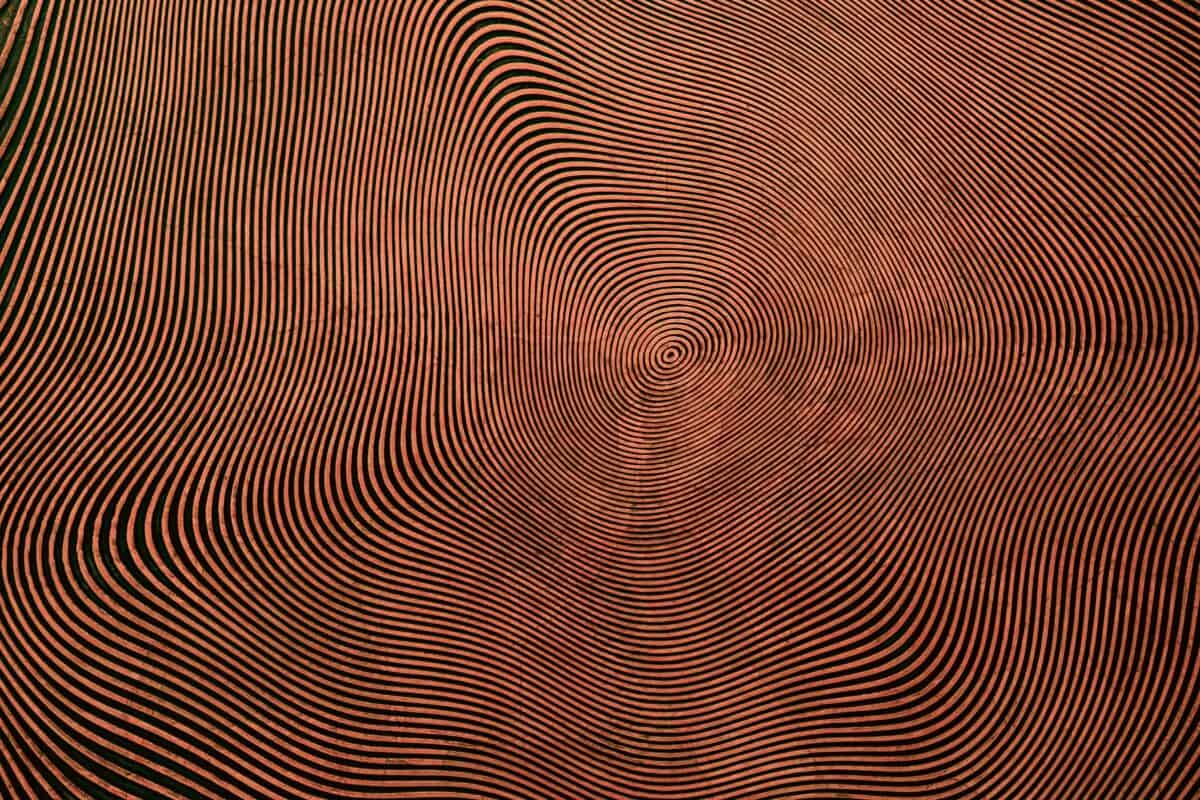One word that got thrown around a lot in the early 2000’s was “holistic”. The official definition of “holistic” is “characterized by the belief that the parts of something are interconnected and can be explained only by reference to the whole.” The trend was very much about doing things that were supposed to help with the music, e.g., practicing meditation for performance anxiety, exercising or doing yoga to “strengthen” and “stretching” for playing, etc… I’ve done all of that, too. (Some of which have landed me in the ER, or at least often in worse states). I appreciated holistic’s acknowledgment of interconnectedness. After all, the broad view is important. In order to develop a wide enough scope of perspective to deepen understanding of any subject, it requires having a curiosity on much more than said subject alone. But while “holistic” has breadth, it lacks the other essential part to any kind of growth or learning: depth. It takes a commitment which shows itself as a doggedly stubborn examination of the subject deep in itself. Depth gives precision. I say “doggedly-stubborn”, because I feel that’s what it takes. Even when you think you’ve got it, no matter how experienced you are, you’re still bullheadedly trying to find all possible blind spots in your own belief: I consider that to be an essential first-principle practice.
It doesn’t apply just to the mechanics side of playing, but for instance, in the understanding of rhythm. We are told to “feel” rhythm in our body a lot, but how? One way to conceptualize and feel it is to use load (weights). Lifting something heavy (e.g., a kettlebell) on an upbeat, for instance, often gives someone a feeling of the physical momentum that the music entails. Having to coordinate the lifting and the dropping of the weight with the timing of the rhythm gives the person an actual visceral, physical sense and feeling of the musical pulse, rather than simply trying to match a bow movement with beeps from the metronome. (3D vs 2D) This sounds like out-of-the-box thinking: using a kettlebell to work on rhythm(!), but I see it as being totally IN the box, in that rhythm was never about lining notes with beats to begin with. Rhythm is a rich sensory and feeling experience of gravity, mass, density, flight, placement, impulse, velocity, movement, and even mood. Fast and slow need to be felt along with resistance and impetus (An accelerando without the a resistant force would stay 2D and not three.). The beat plays an important role, yes, but it is in and of itself no more than a unit of measurement in the much, much bigger picture of the Universe of Rhythm. But sadly it is often used as the ultimate arbiter of many classical musicians’ sense of time instead. This is an example of trying to examine everything by their first principles, to see what it really is at its core. When one sees rhythm as all of that, as many ways to hone one’s rhythmic sense become available to them. The precision in understanding the what anything is allows creativity to flourish. I always feel that the way to cultivate creativity isn’t about trying to be different. The trying to be different itself already warps the lens, and it is never truly authentic. For me it is about, again, truly knowing and understanding the subject at hand. You will probably end up being quite different, as the thorough understanding will give you insights into complexity, and will give you originality. But it’ll not be from your trying to be different.
The word “hone”: It is what the process is about to me. It’s not to achieve, certainly not to nail; but to continually hone, and honing a sensitivity to be precise. The sensitivity makes one more discerning, more capable of both nuance and simplicity. More able to find colors and ever finer impulses of beats and between-beats and movement and shapes and arcs, to get as close to natural and true as possible. And honing the awareness and sensitivity of the body so it’s more able to operate to such fine details that match the (also ever-developing) vision of how any musical story can be told. (I’m the rare violinist who studied with Galamian-school teachers in NYC who never went to Meadowmount except to visit a friend. But the (in)famous Meadowmount proctors who’d petrol the practice room hallways to ensure that there’s always sound of playing coming out? Maybe they no longer do this, I hope, but that kind of mind-numbing blind chase of a definition of excellence that I happen to also disagree with is the opposite of everything that I believe this process to be.)
For me, the process of honing includes everything from practicing on the instrument, studying to decipher a score, learning about movement and the body, reading and writing, working with students and other musicians; to trying to get my mental health in better equilibrium, understanding what proper rest is for me specifically, etc.. (Mental health is a huge one, but I won’t elaborate on that right now.) Different people will need different things, and/or more emphasis on some of these elements (That certain people may not even have to consciously consider some of these doesn’t negate its importance to another person.). It takes awareness, and the permission we give to take care of ourselves this way for us to bloom, and grow, as serious musicians and artists.
[Feature photo by NIKHIL on Unsplash.]

